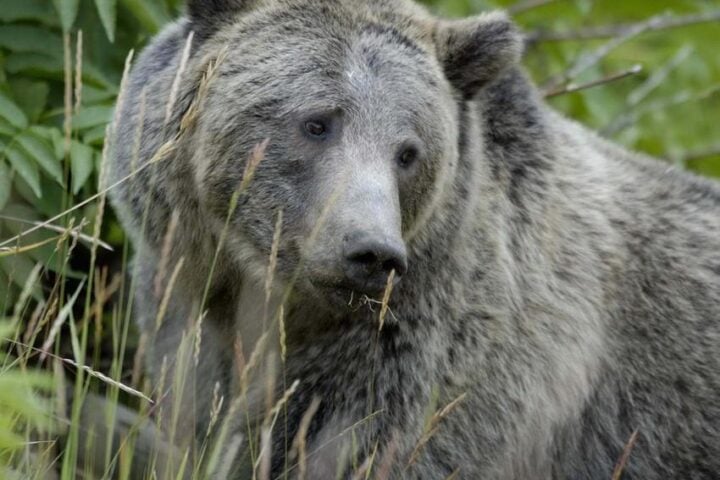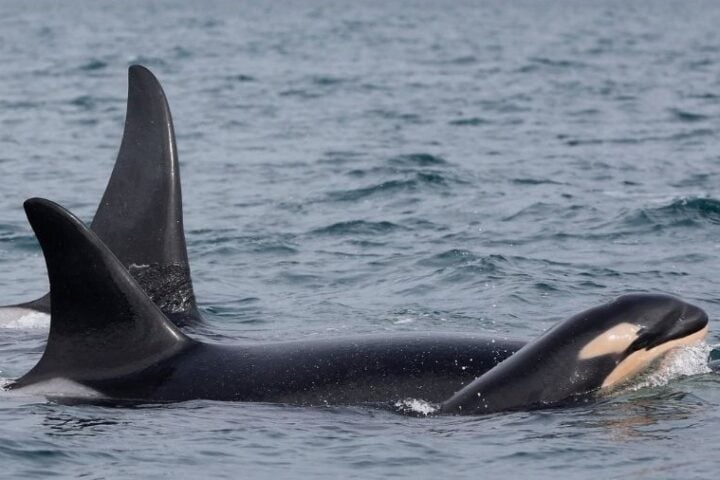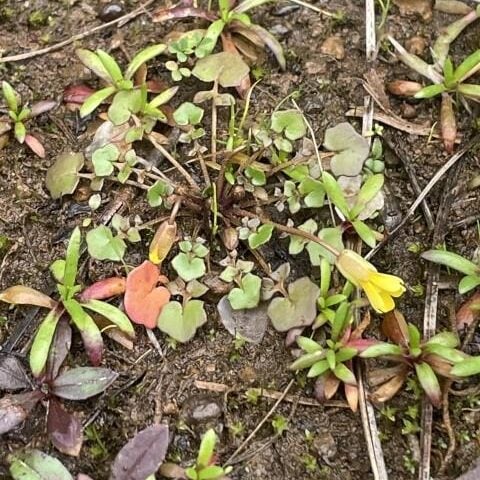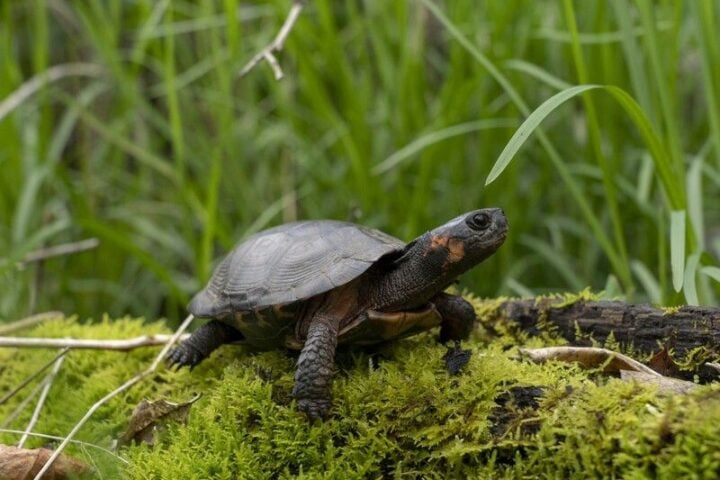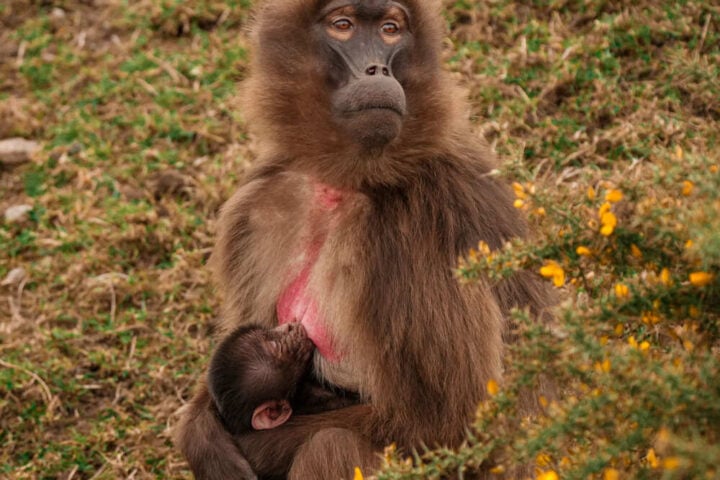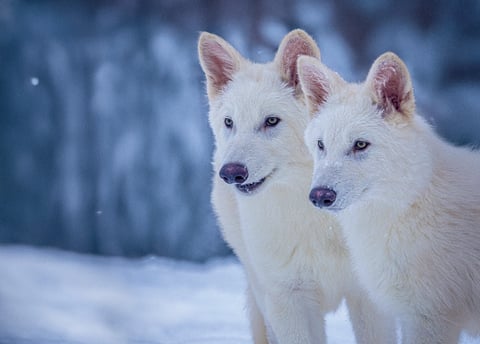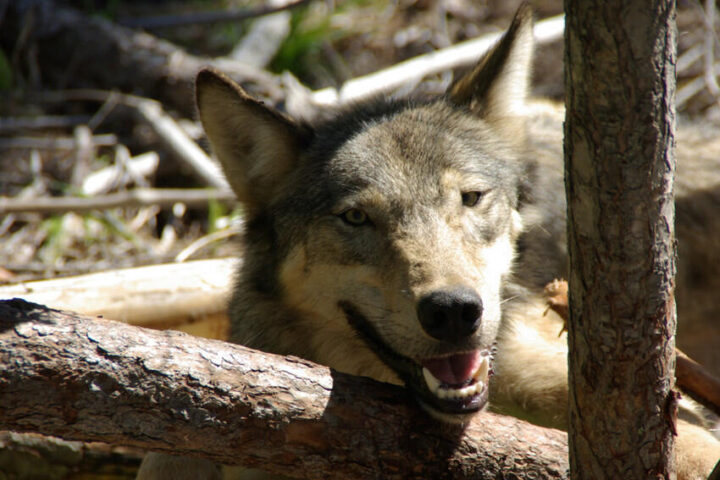Table Of Contents
- Genetic Mapping and Conservation Efforts
- Population Recovery and Challenges
- Conservation Techniques and Genome Sequencing
- Research and Genetic Insights
- Future Predictions and Management
- Concluding Thoughts
Genetic Mapping and Conservation Efforts
The genetic mapping of nearly the entire kakapo population has unveiled traits that will significantly aid conservation biologists in their mission to protect this critically endangered flightless night parrot. A conservation genomics blueprint that could be applied to other threatened species is offered by this groundbreaking research. Kakapos, native to Aotearoa New Zealand, are unique birds that breed only when certain forest foods, like the fruits of the native rimu tree, are available. The kakapo population plummeted to a mere 51 in the 1990s, largely due to human impact and their specific life habits.
Population Recovery and Challenges
The kakapo population has been bolstered by the collaborative efforts of the Department of Conservation and Ngāi Tahu iwi, to 247, with these birds now residing on offshore islands free from predators. Four male kakapos were reintroduced to the mainland at the Maungatautari sanctuary earlier this month, in a significant move. Kakapos face challenges like the fungal infection aspergillosis, and a high percentage of their eggs are infertile, despite the increase in numbers. Profound insights into the genetic reasons behind these challenges have been provided by the genome analysis, paving the way for enhanced recovery strategies.
Conservation Techniques and Genome Sequencing
With each bird being individually tracked and provided with specialized food, conservation efforts for the kakapo are intense. Ready to assist if any kakapo faces health issues, veterinary hospitals nationwide are on standby. A crowdfunding initiative by the Genetic Rescue Foundation, a few years back, successfully raised funds to sequence the genomes of all the kakapos, a monumental task given there were only 125 of them alive then. Facilitating better management and risk identification, this genome sequencing aimed to accumulate comprehensive data on each bird. The Department of Conservation and Ngāi Tahu are the guardians of this invaluable genome data.
Research and Genetic Insights
Hoping to devise new tools to better manage kakapos and potentially other endangered species, Genomics Aotearoa’s team accessed this data. Using AI to highlight genome areas that differ between individuals, advanced tools were employed to pinpoint genetic variations among kakapos. The kakapo family tree was updated by this research, and families were identified with distinct genetics. The team linked genomic information with observable traits by studying various biological features, uncovering a plethora of data on genetic variations influencing growth, fertility, and more.
Similar Posts
Future Predictions and Management
The team aimed to equip the kakapo recovery unit with science-backed tools and advice to make bird management more efficient, as the team’s ambition extended beyond genetics. With each chick being closely monitored and frequently weighed, one focal trait was the early growth rate of chicks. The team hypothesized that genomic data from the parents could predict the growth rates of their chicks. They considered all influencing factors like food sources and rearing methods to validate this, isolating the genetic influence. They devised a method that predicts a chick’s growth rate based on its parent’s genomes, using innovative probability tools. Enabling timely intervention, this predictive tool allows the recovery team to detect any deviation in a chick’s expected growth. Genomic-based information will also assist in selecting birds for transfers and monitoring those at risk.
Concluding Thoughts
The extensive data gathered by the kakapo recovery team over the past 45 years has been instrumental in this research. Equipping kakapos with the evolutionary potential to tackle future challenges, the active management over these years has ensured the preservation of genetic diversity. Exemplifying how genomic science can influence the daily decisions of a conservation team, the kakapo recovery program is now integrating this genomic data. The team completed the sequencing of all chicks hatched post the initial sequencing effort, recently. Enhancing the future prospects for the species, these new sequences will test the team’s predictions and offer opportunities to refine their models. The unique breeding habits of the kakapos, tied to the availability of rimu fruit, highlight the intricate balance of nature.
The return of kakapos to the mainland signifies a hopeful step in their conservation journey. The power of collective effort in conservation is showcased by the collaboration between various organizations and the community. The integration of traditional knowledge with modern science has been pivotal in the kakapos’ recovery. The future of kakapos hinges on continuous research, monitoring, and adaptive management strategies. Genomic research has the potential to revolutionize conservation efforts, not just for kakapos, but for endangered species worldwide. The anticipation underscores the importance of science in shaping the future of conservation, as we await the results from the next generation of kakapo genomes.
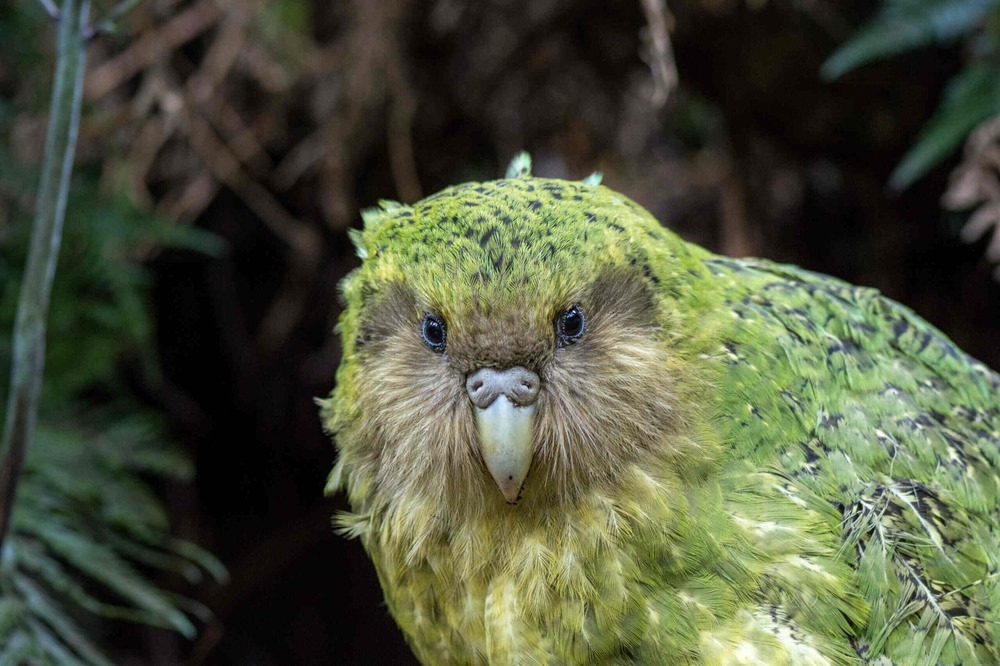







![Representative Image: European Starling [49/366]. Photo Source: Tim Sackton (CC BY-SA 2.0)](https://www.karmactive.com/wp-content/uploads/2025/04/Starlings-Drop-82-in-UK-Gardens-as-Birdwatch-2025-Reveals-Record-Low-Count-Since-1979-720x480.jpg)
